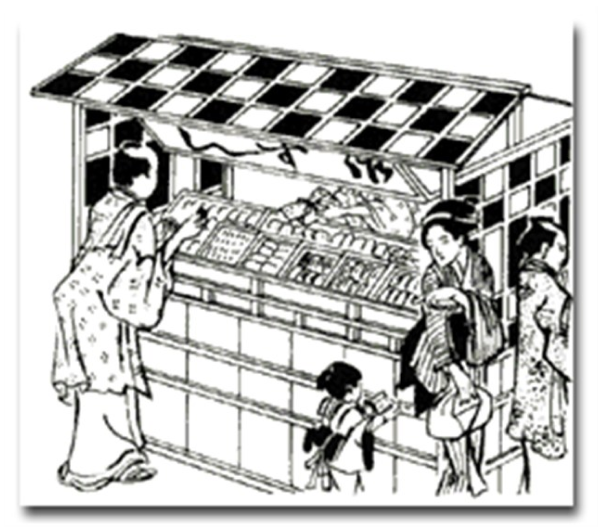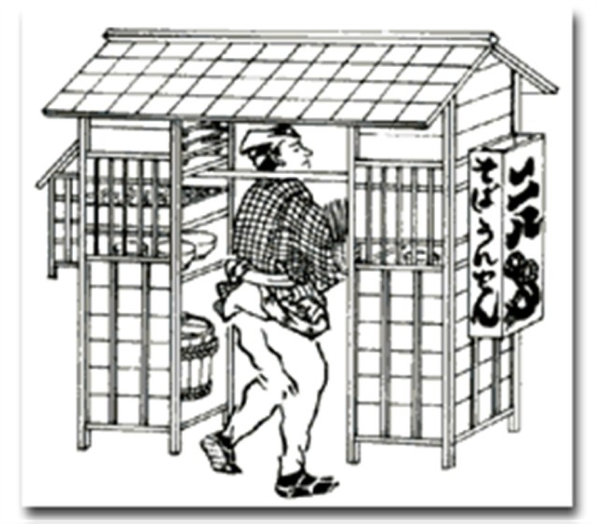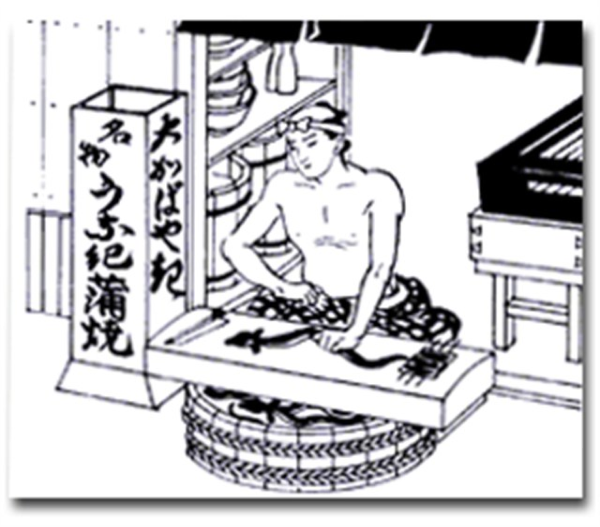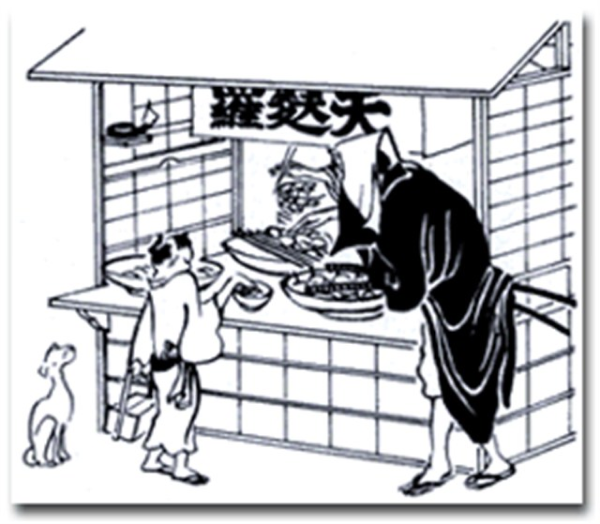Edomae taste The taste of Edomae
 Sushi
Sushi


The original sushi is salted on fish, preserved with weights, and fermented, and the nigirizushi that can be eaten at sushi shops was devised during the Edo period, also called "Hayazushi". .
A method was devised to eliminate the hassle of storing and to make vinegar entangled on unfermented seeds.
Nigirizushi began during the cultural year (1804-17), "Yobeizushi" by a flower shop (flower shop) Yohei from both countries. This spread, and one or two sushi shops were built in each town. At that time, the mainstream was sea bream, hirame, small fin, egg, and anako, and tuna was red from toro. Each of the seeds had a taste.
Since the Meiji era, it has become the current form that can be put as it is without seasoning seeds, and has spread throughout the country. It was around this time that "Edomae" began to be emphasized.
Today, the number of fish caught in "Edomae" has decreased, but each sushi shop is struggling to maintain the taste, such as collecting high-quality fish from all over the country.
 Soba
Soba


Until the early Edo period, it was treated exclusively as Biara food, and was not added to the five grains.
It became popular only after Genchin, a Korean monk who came to Todai-ji Temple during the Kanei era (1624-44), taught him to use flour as a connection, and 'soba-kiri' was made.
This was accepted by Edokko, coupled with the cheap price.
In 1661, only a few ten years later, in 1661 (1661), buckwheat flour 8 and flour 2 were called `` Nihachi soba '', and in December a prohibition was issued to prohibit unloading in the town at night. It became popular.
At that time, Tsuyu was dark dry, so it was said that about one-third of the first was attached to Tsuyu and swallowed without chewing.
It's natural that I did this with the current thin Tsuyu feels inadequate.
If you enjoy the original taste of soba, it is "mori", but it is also exceptional to spit out "kake" in a cold winter night.
 Taisho Period
Taisho Period


The cooking method called kabayaki was established in the early Edo period, and it gained popularity as the times went down, and during the Tenpo era (1830-43), there were many shops that set up a cage in stores to select eels that customers prefer. It is said that there were.
In Edo-mae baking method, drop your head and open it, then turn it white, steam it, then add sauce and bake it. This complex work produces that soft, thick, deep taste. It is also said that he opened his back because he hated the seppuku because of the land with many samurai.
During the Edo period, eels were also in front of Edo, and those from Hamarikyu to Shinagawa were considered to be superior. Currently, most of them are aquacultured, but each store is working to improve quality by imagining sauces.
 Showa and before the war
Showa and before the war


It is said that fried foods (fried foods) from Europe during the Azuchi-Momoyama period were blended with the taste of Japan, and there is a record that they appeared in the town of Edo during the Tenmei era (1781-88). .
The tempura eaten by the Edo children was a stand-up snack style, and unlike the current high-class tatami-style tempura, it was a casual food that the monks returning home could pick up a little. Tempura, which was fried in sesame oil with clothes on shrimp, crow bandits, and anako in front of Edo, became a specialty of the town of Edo from the late Edo period to the Meiji era.
This is also because of the abundant and cheap fish that can be caught in Tokyo Bay, it is reasonable to say that today's high transportation cost fish will become a luxury item.





